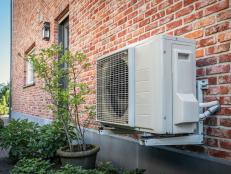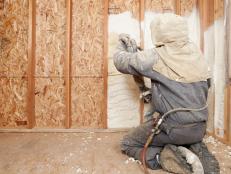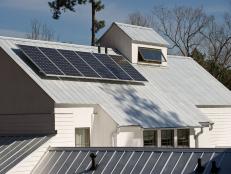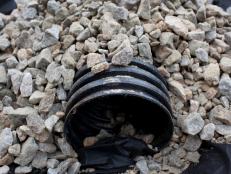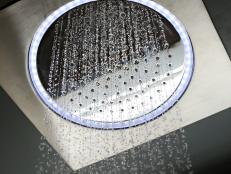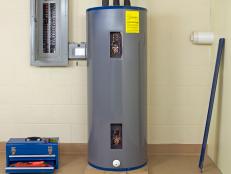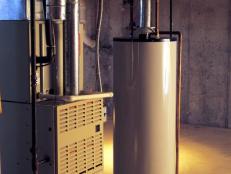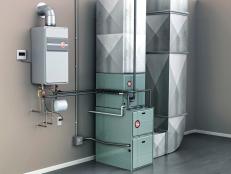Installing a Tankless Water Heater
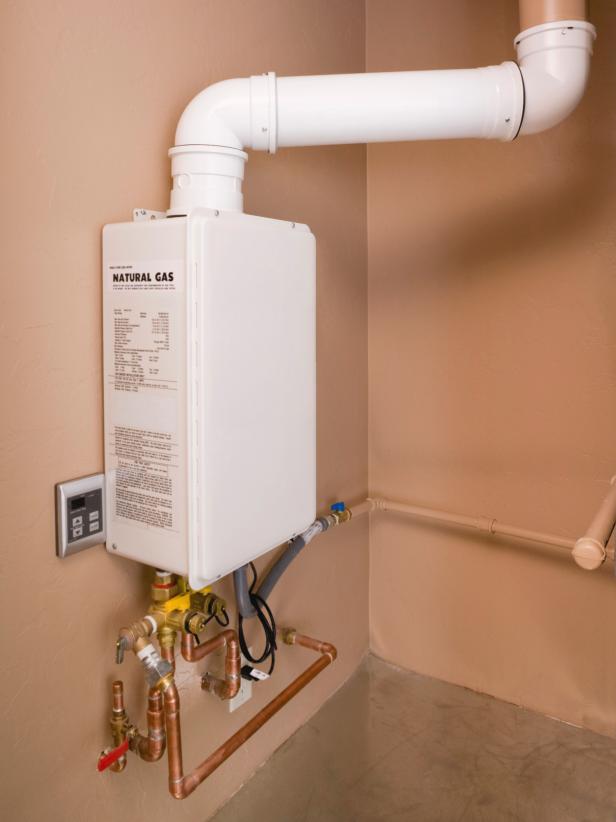
Jupiterimages
A home's water heater affects both the comfort level in the shower and bath, as well as the monthly utility bill. If a conventional heater is the wrong size, hot water may run out too soon, while constantly heating and reheating stored water for the home's needs can be costly.
A gas-fired, tankless water heater addresses both problems since the water is only being heated when it is needed, thereby conserving energy while ensuring an adequate and dependable supply to the household.
Before you install this type of water heater, check with your gas company for proper sizing of your gas main. Typical tankless heaters require more gas than the largest residential furnaces.
Once you have that information, here's how to install the heater:
- Measure and cut your copper pipe.
- Burr and polish the pipe, then apply flux to it and the fitting.
- Dry fit the copper pipes to ensure a tight fit.
- Pre-drill the holes for the expansion anchors and secure the pipe clip in place.
- Sweat the plumbing joints by heating the ends of the pipe and soldering together.
- Install your black iron gas piping with a shut-off valve and a dirt leg at the water heater. Use Teflon tape on the pipe threads.
- To install the vent piping, make sure the outlet is kept away from windows, doors and ventilation air intake hoods.
- Most tankless water heaters require disconnect switches, which should be installed next to the water heater.
- Run water through the unit before powering it up.







